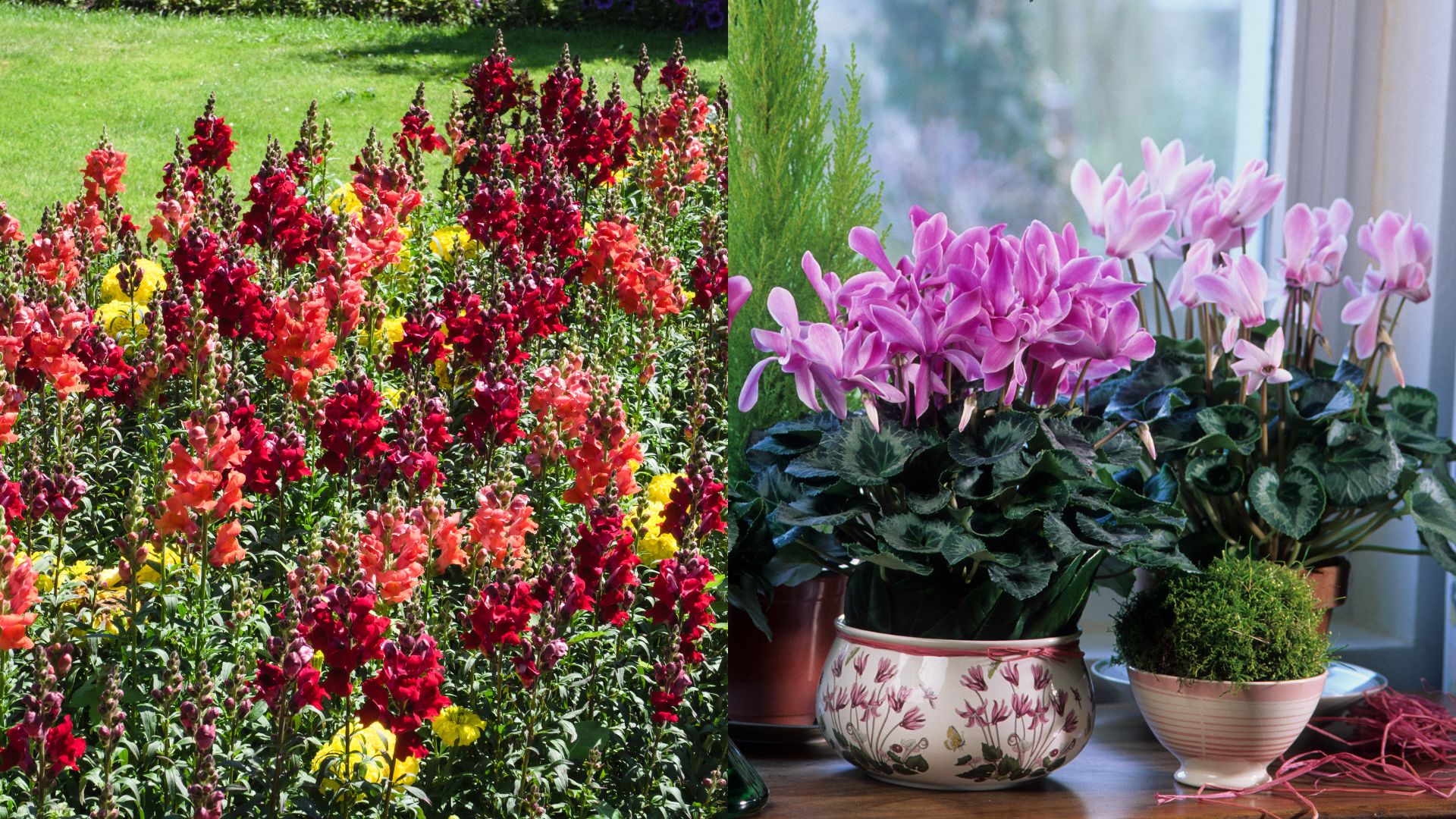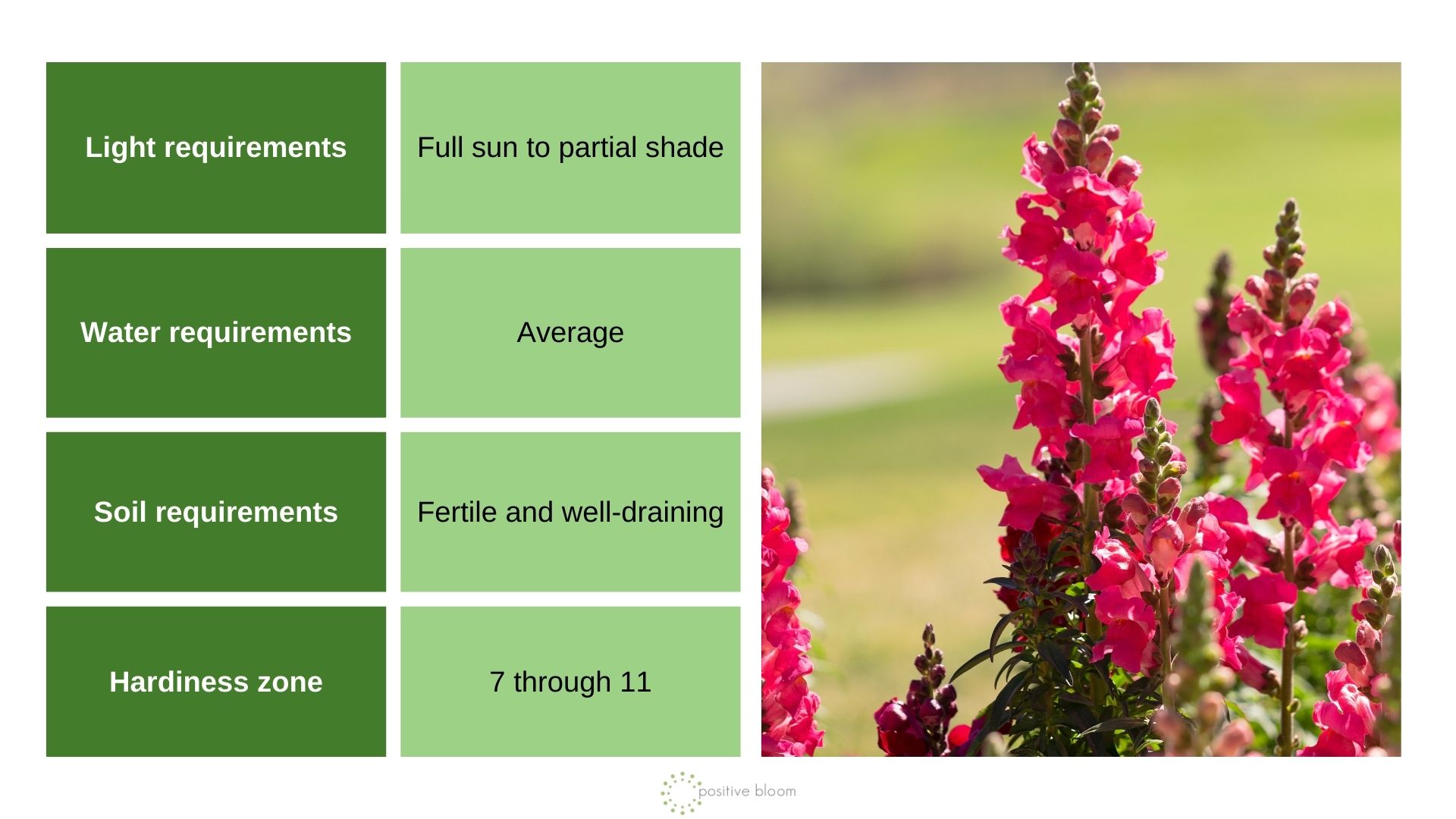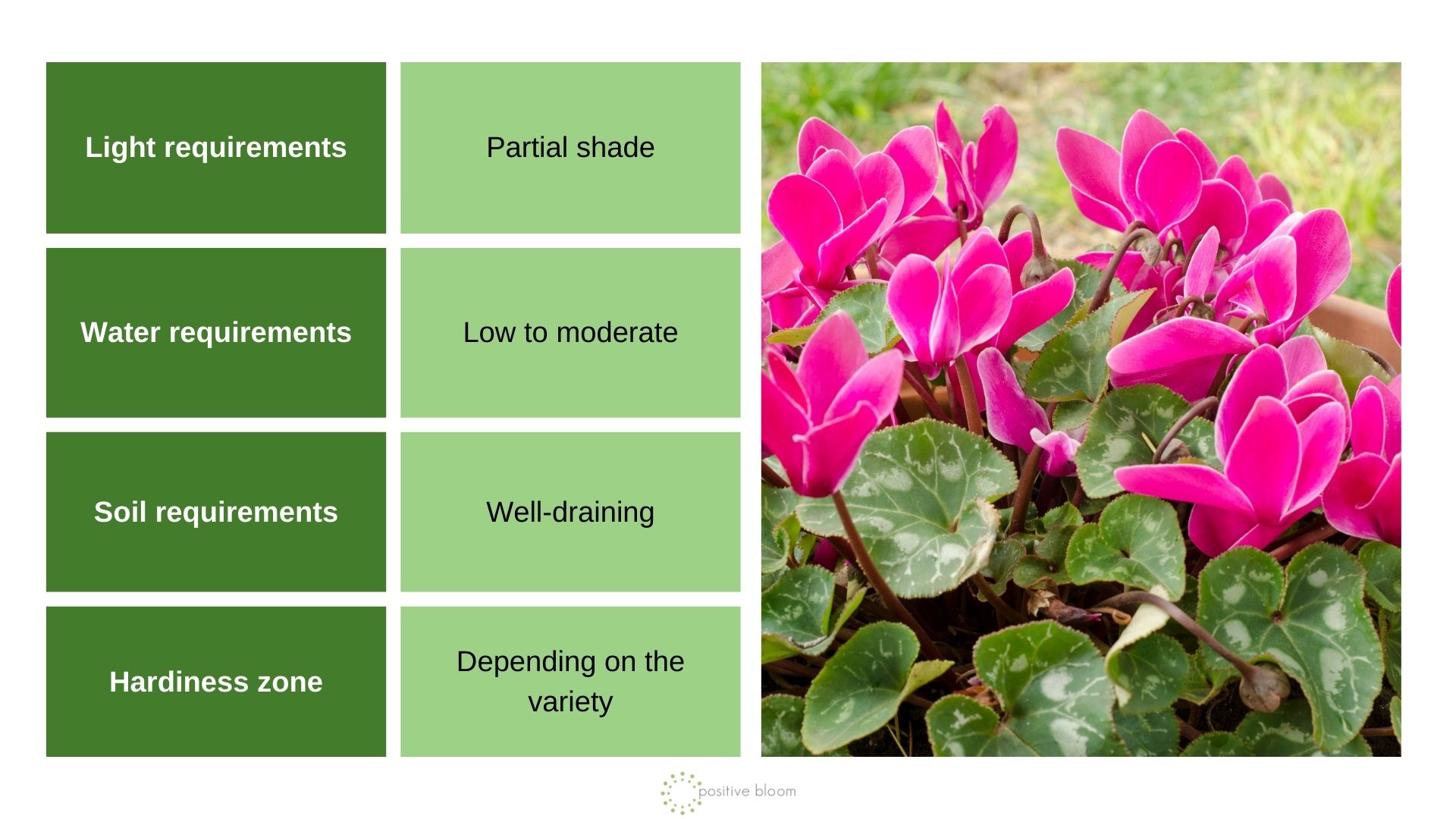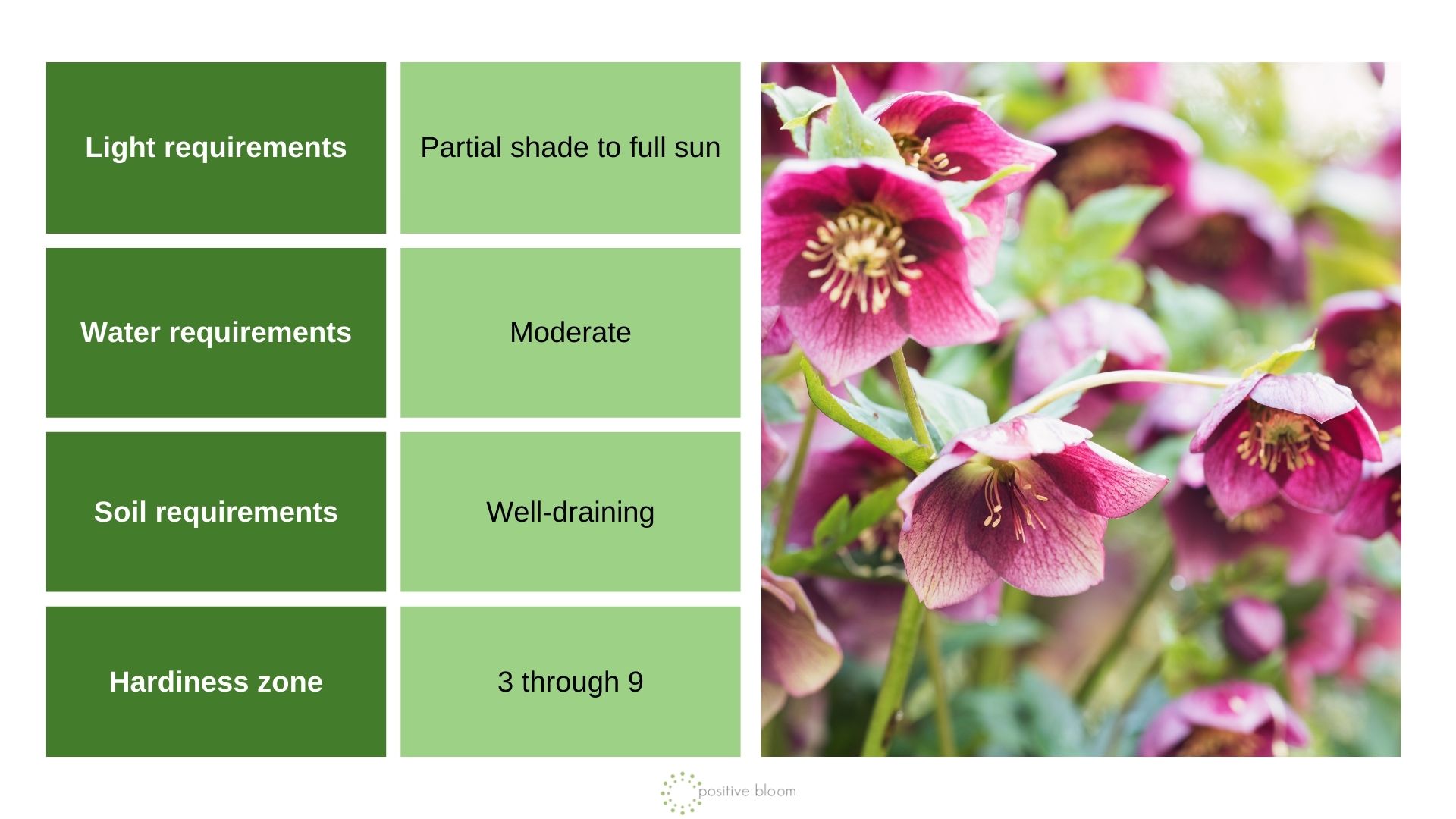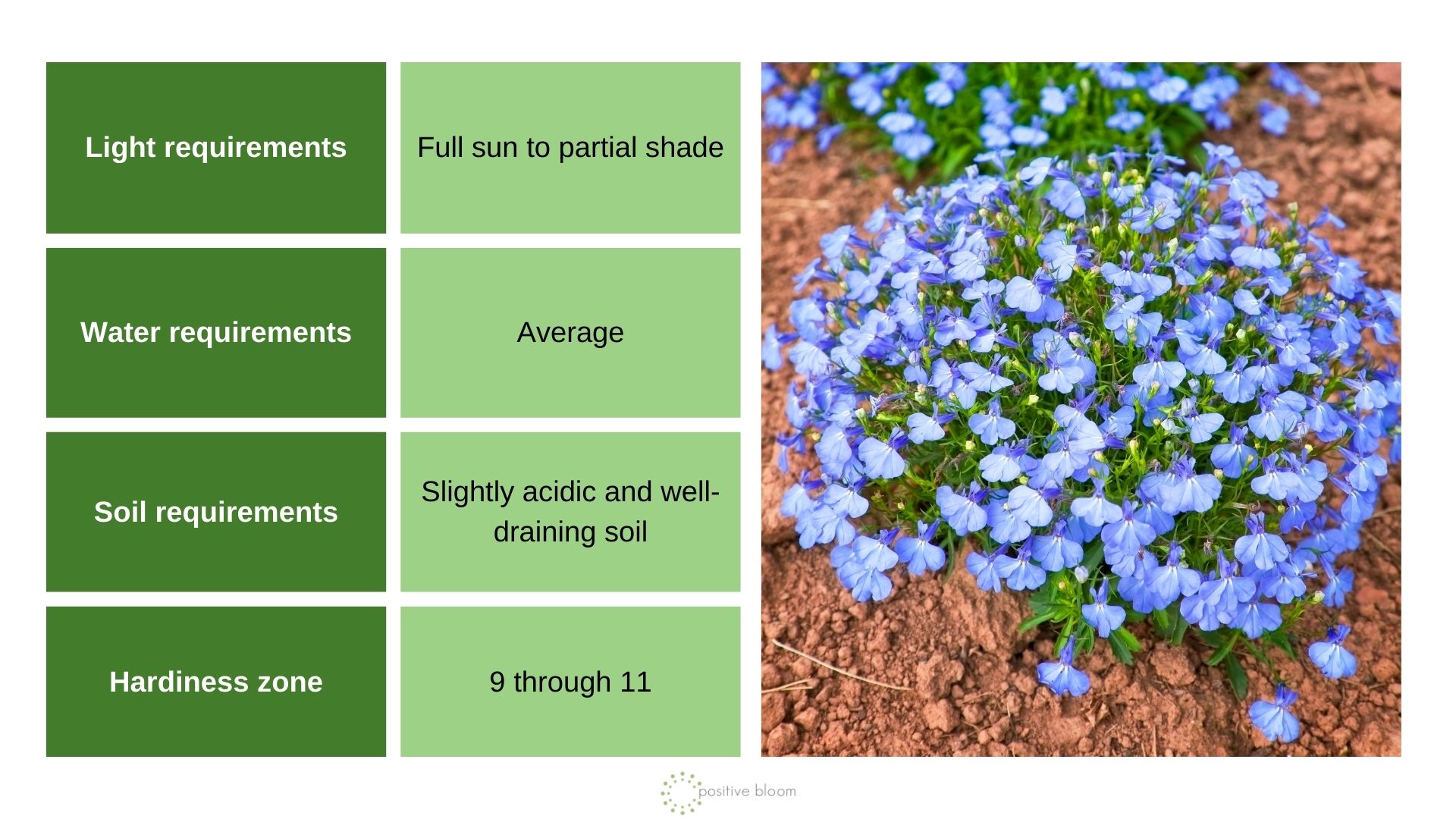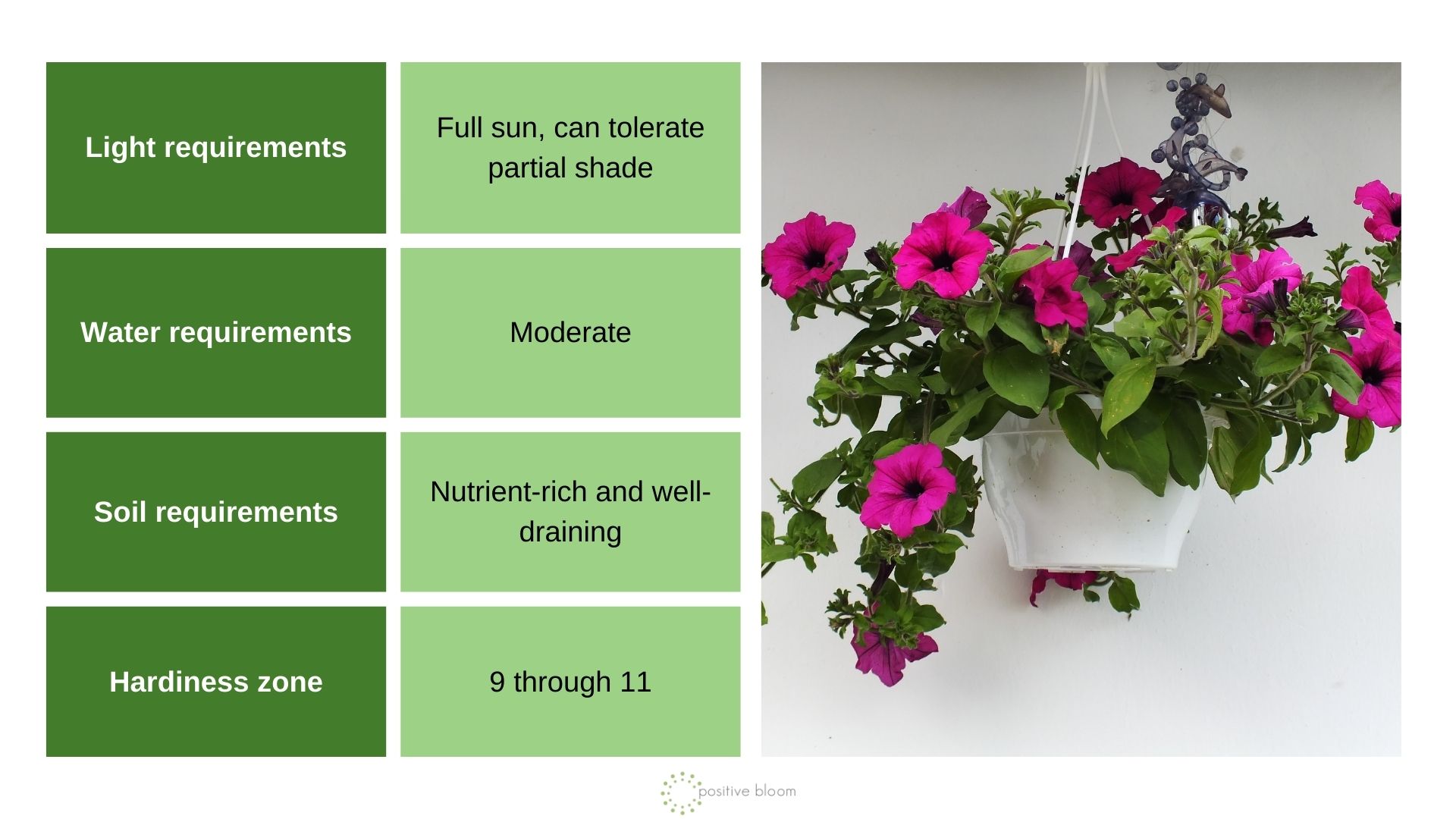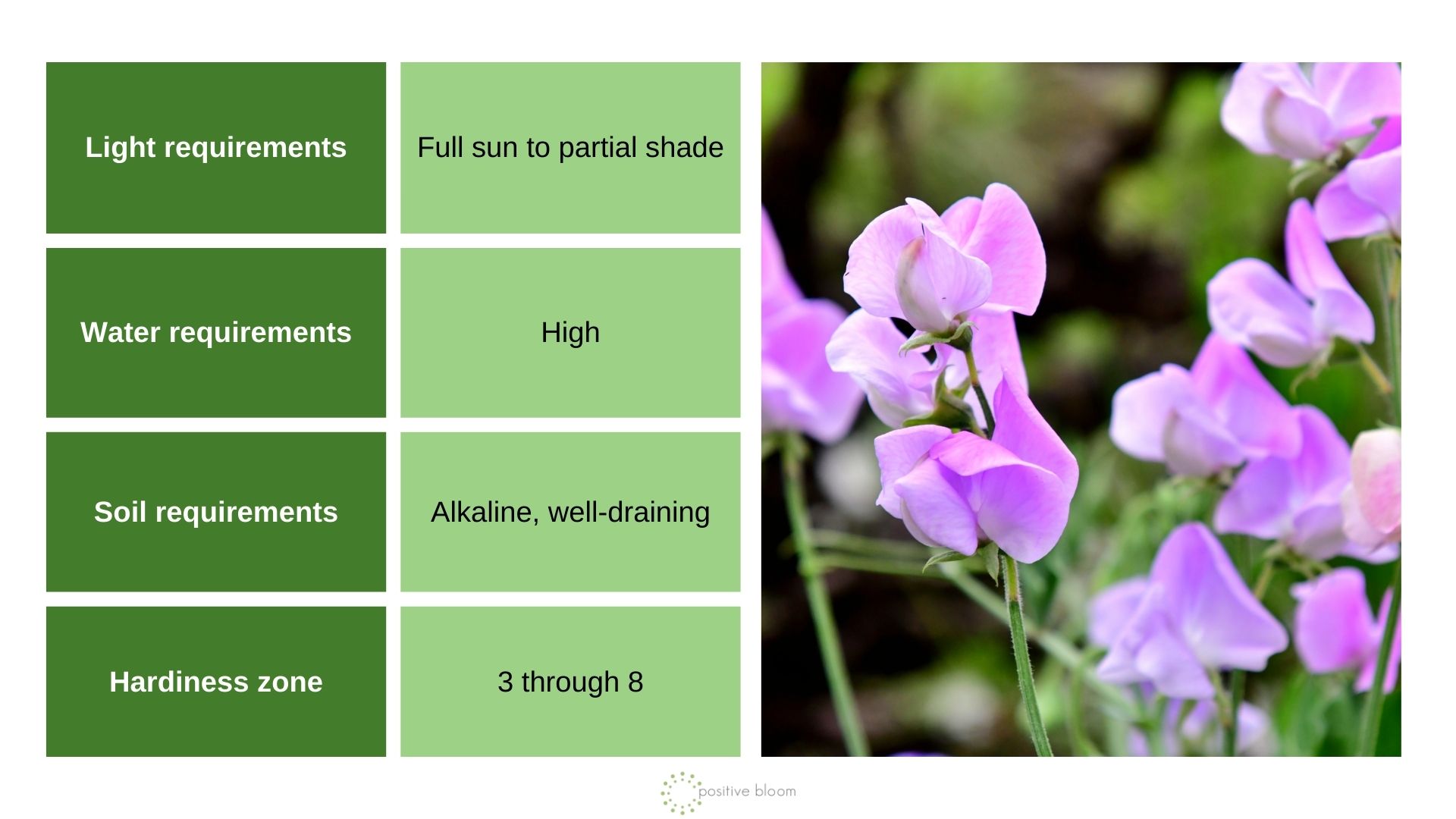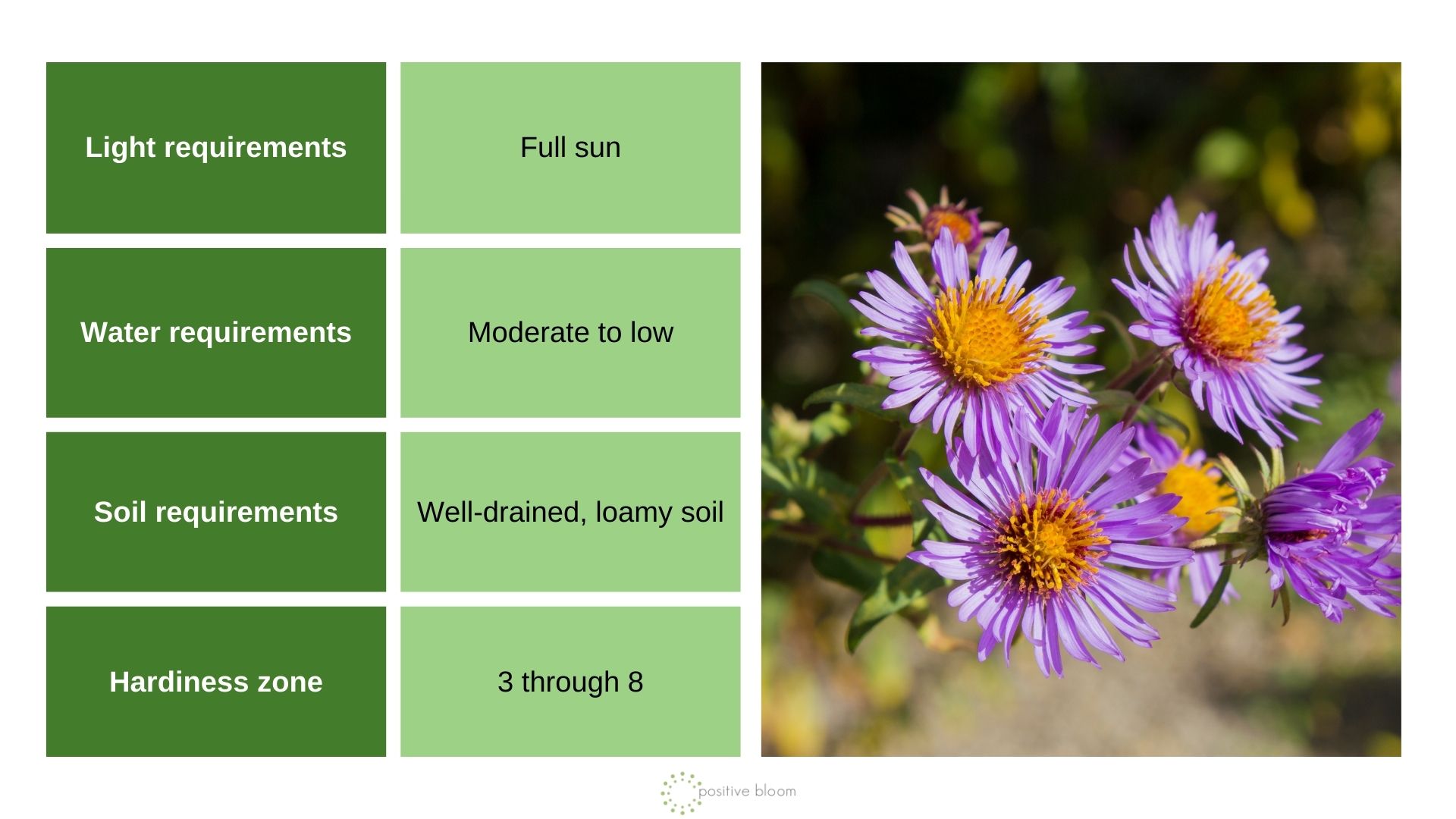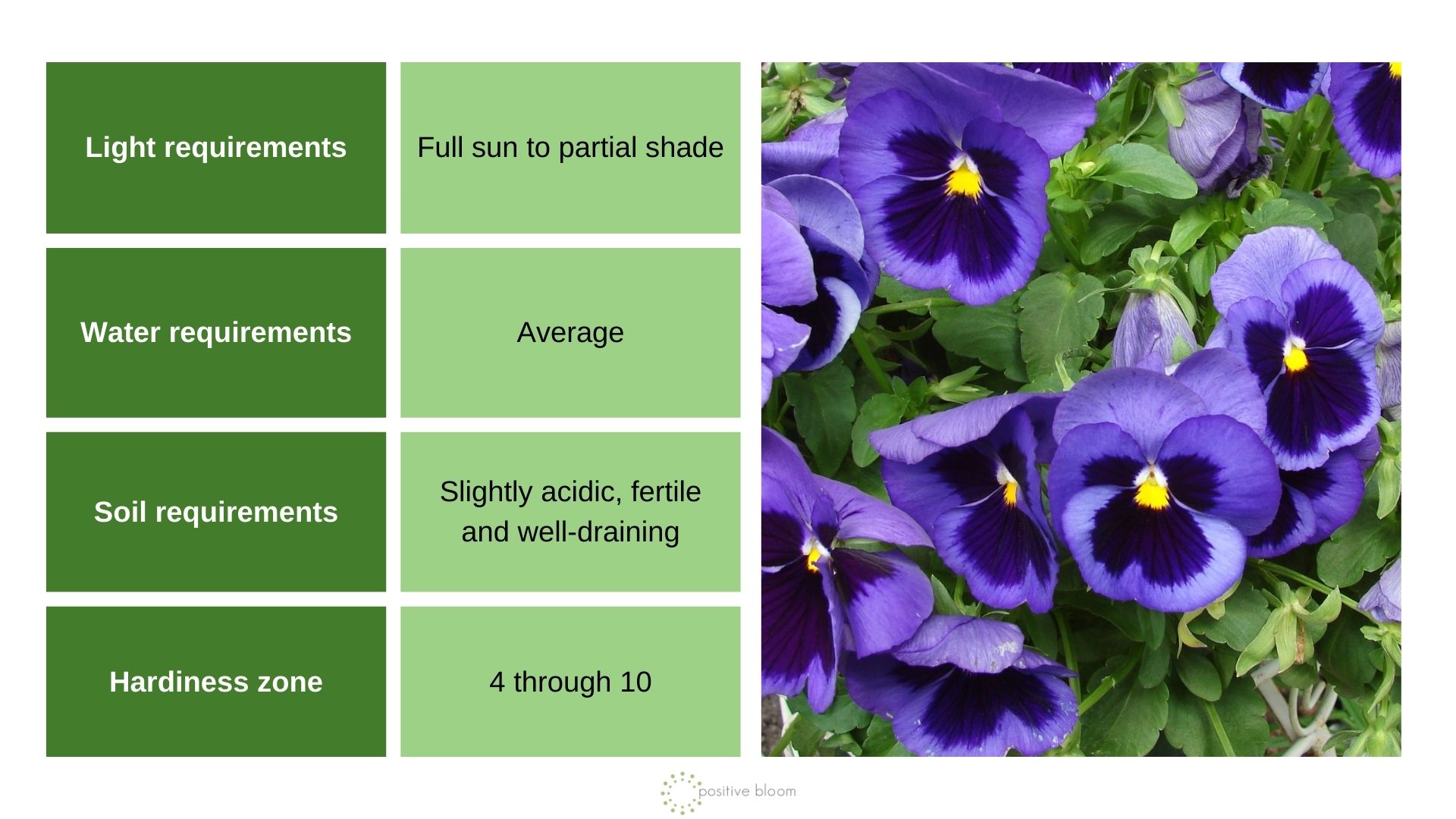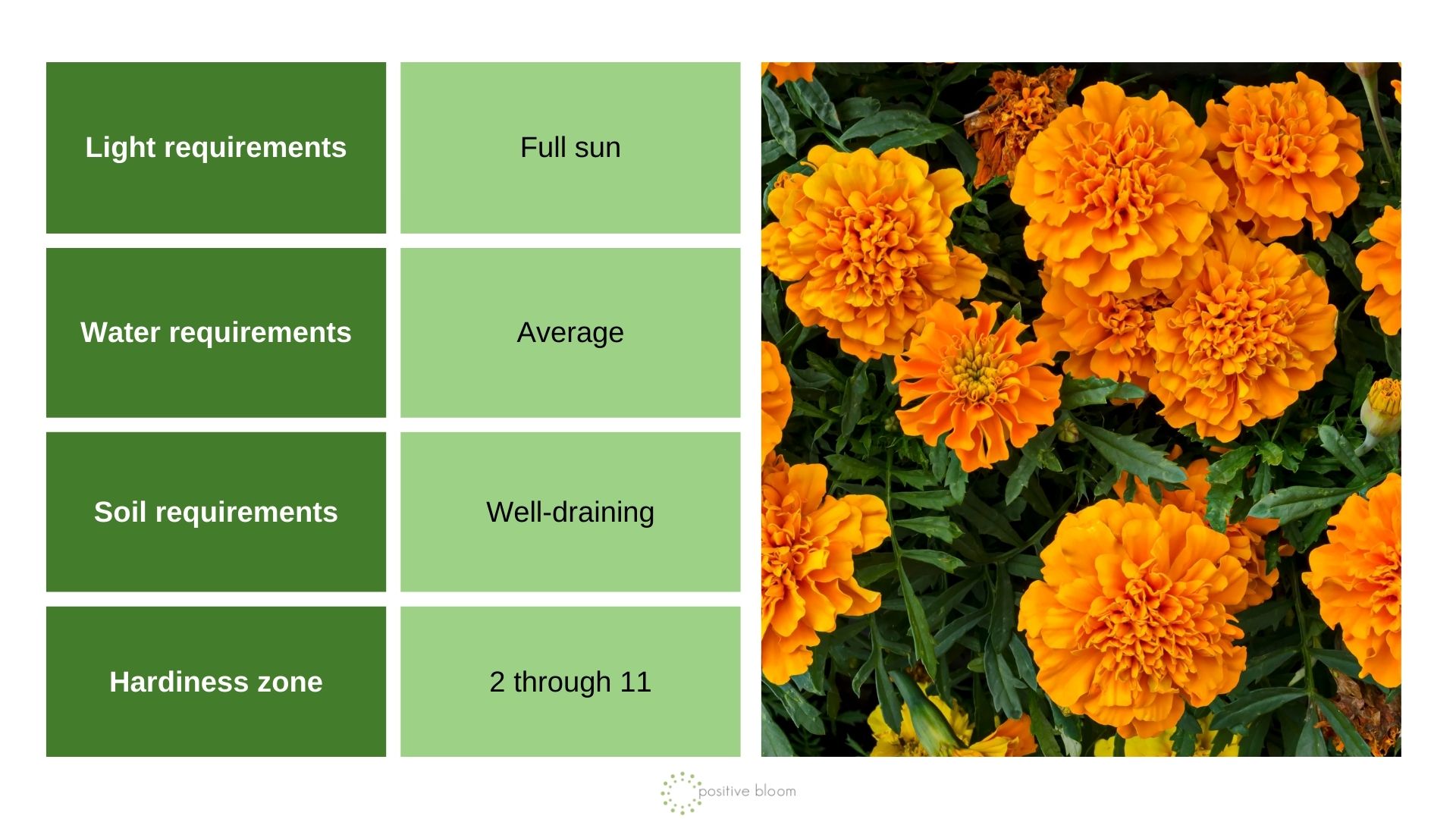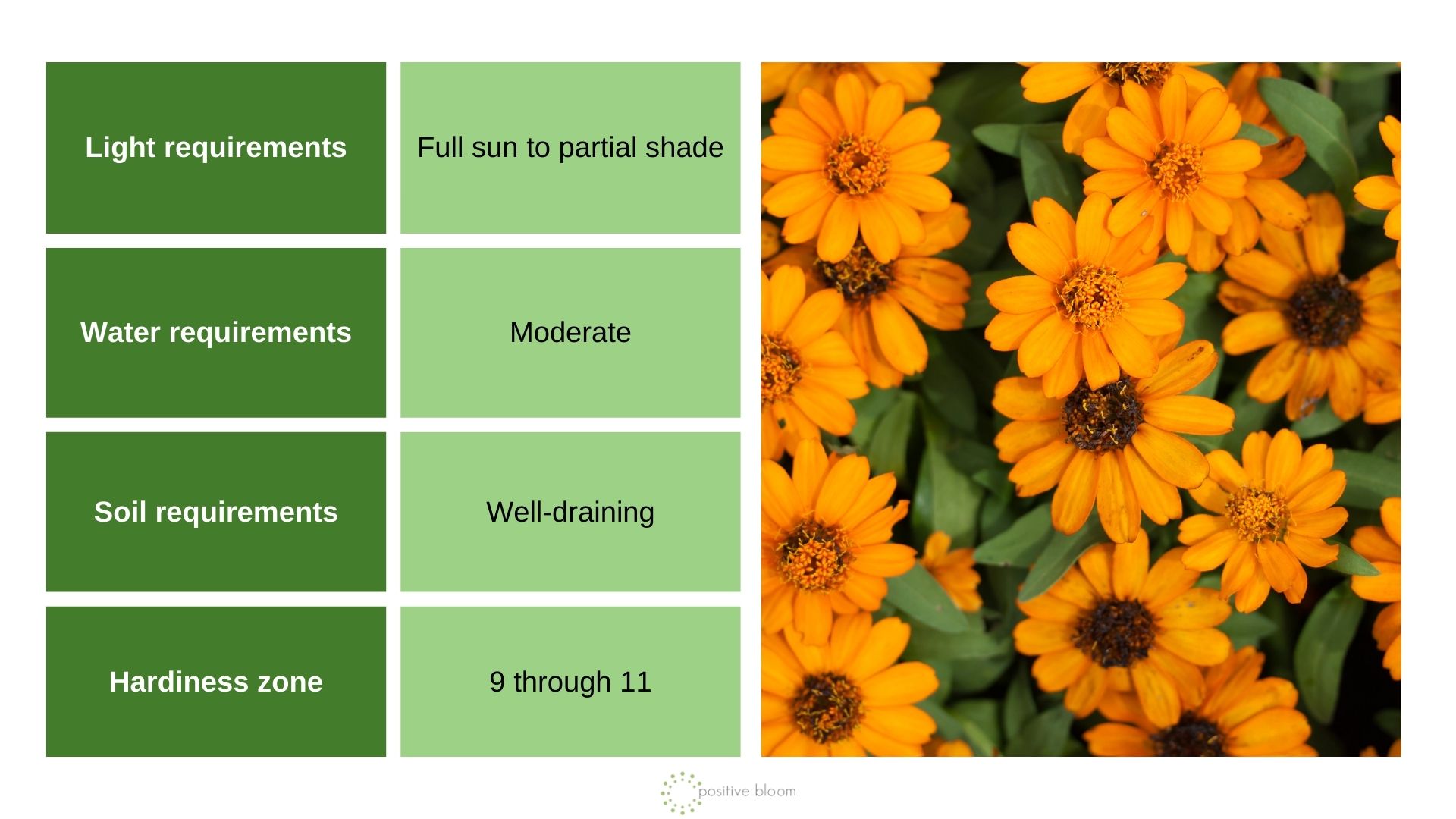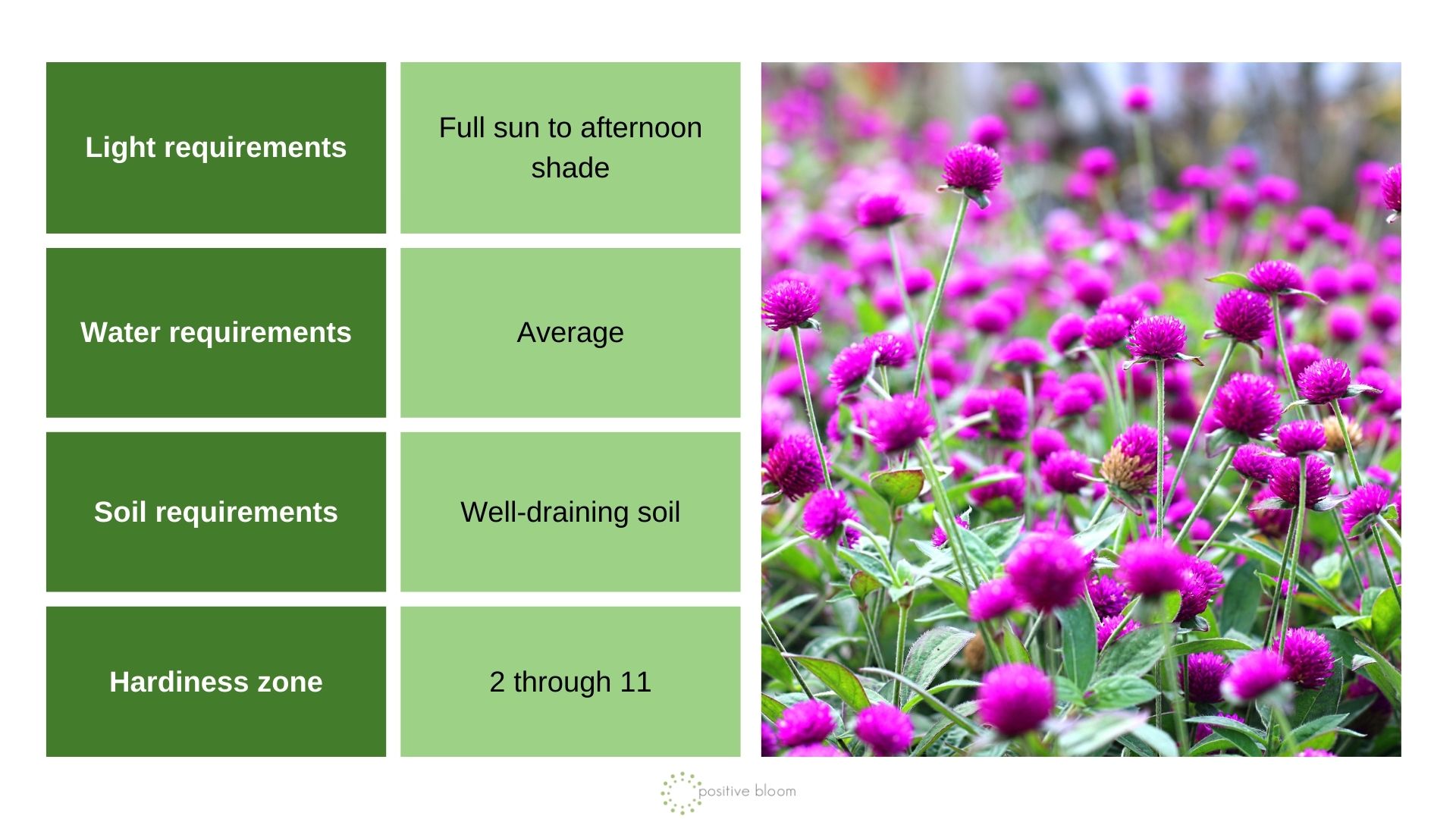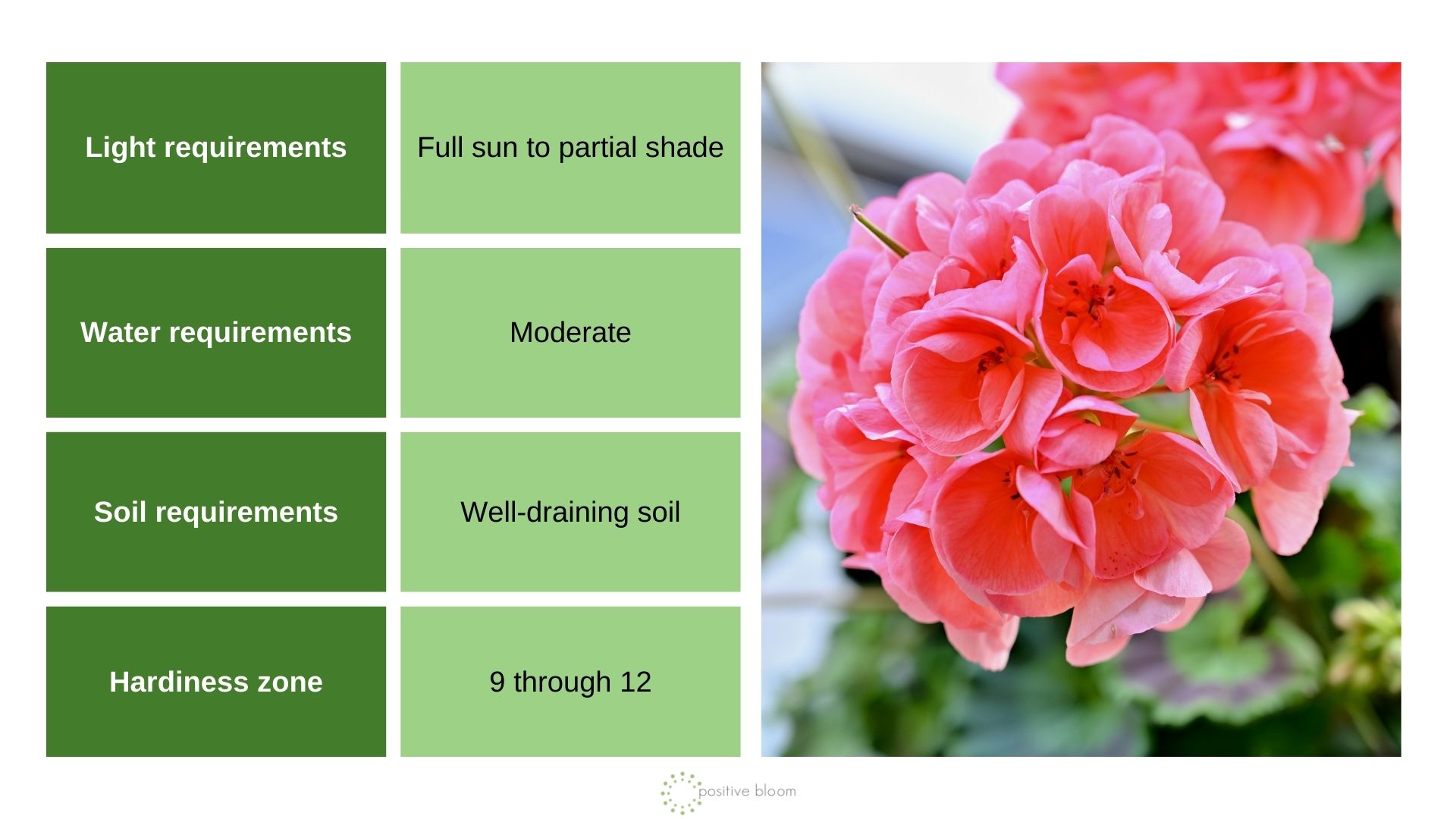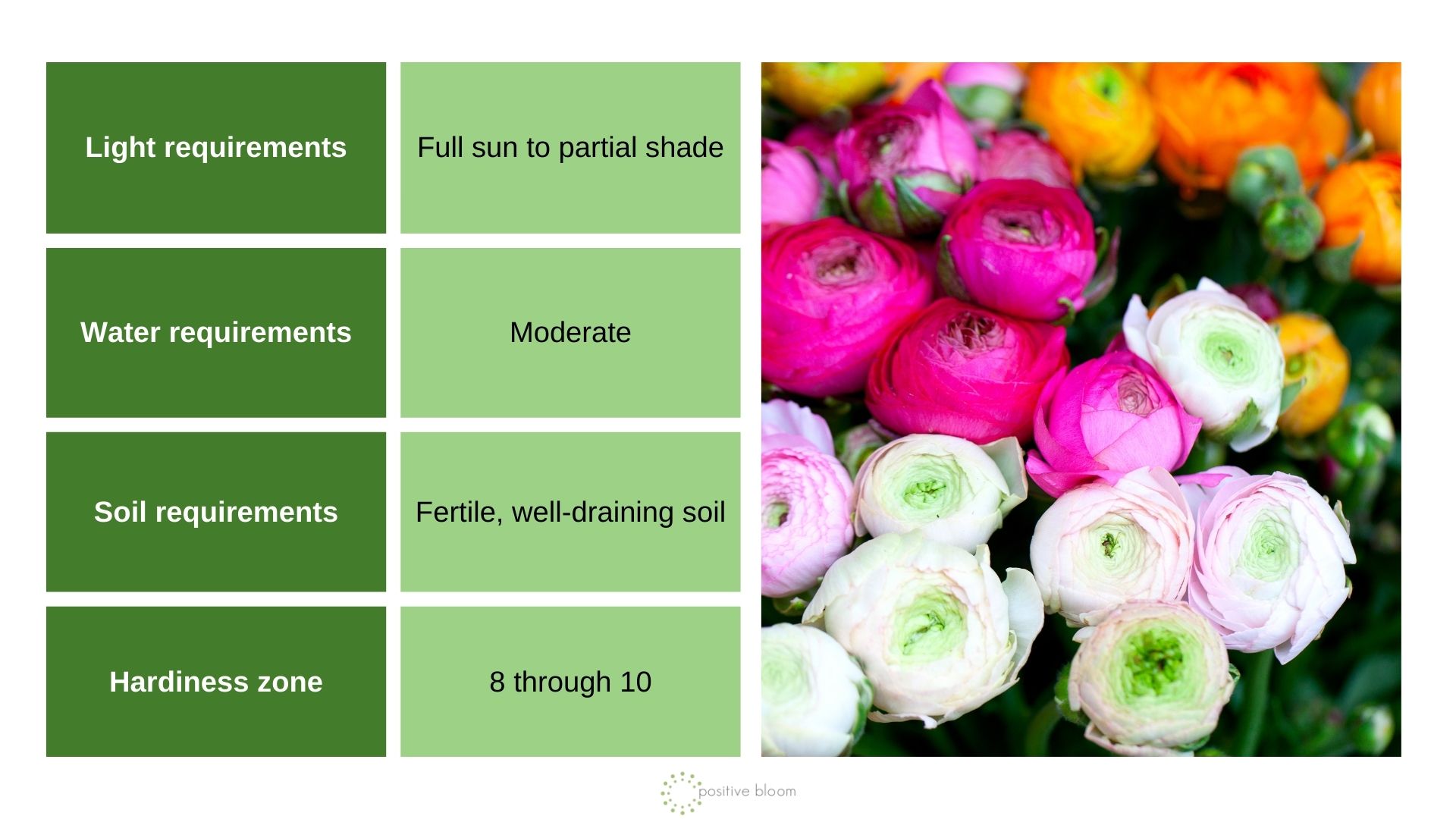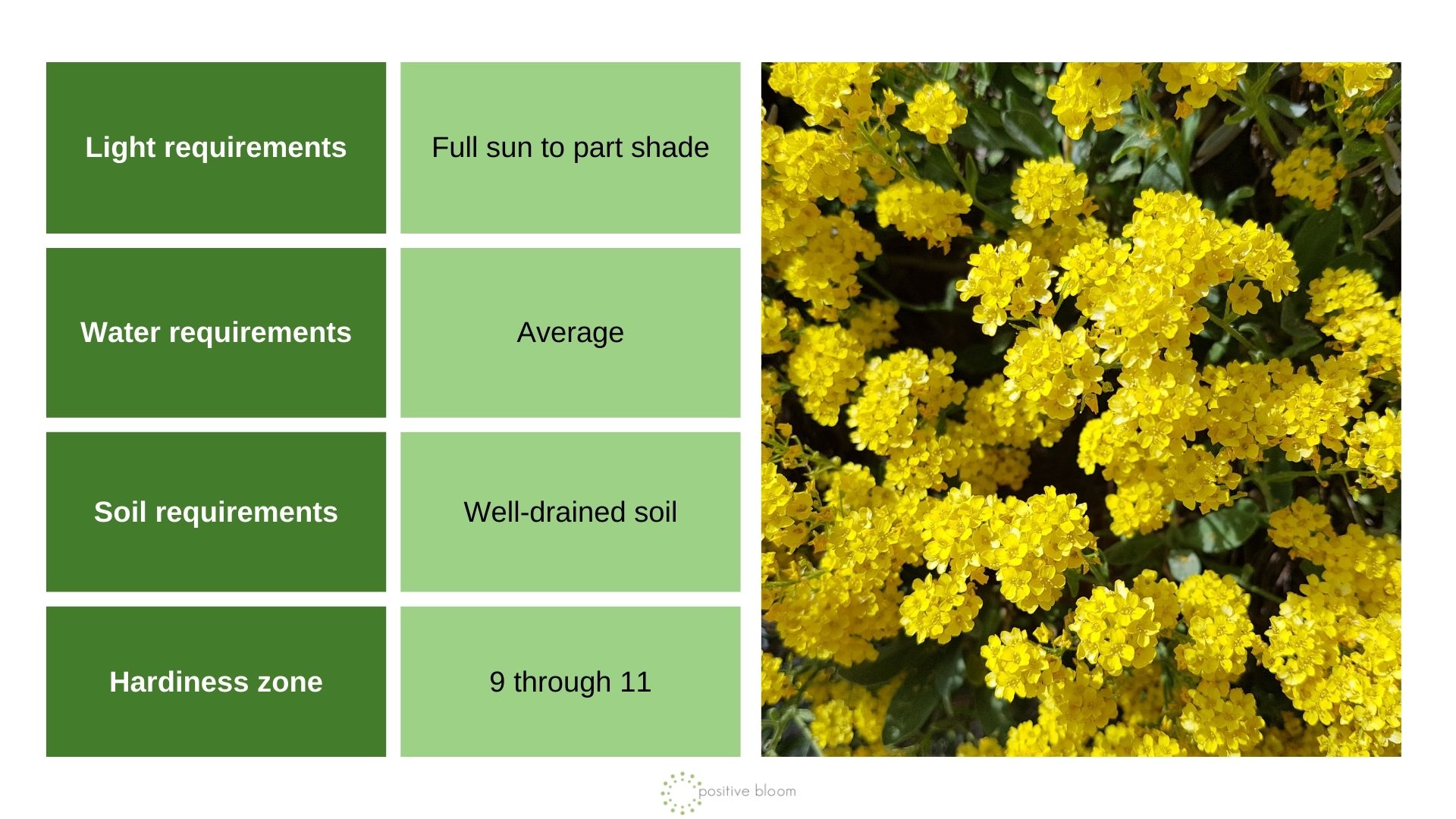Add some color to your winter landscape with these cool-season flowers!
If you live in a region with mild winters, then you can have a full-on thriving garden throughout the winter season. Don’t worry, these hardy flowers can bloom and grow even when the weather gets chilly.
In this article, we are going to talk about the most resilient cool-season flowers and also share some tips on how to grow them.
Stay tuned!
1. Snapdragons
Snapdragons are charming and versatile plants that produce snap-like flowers in orange, yellow, purple, and pink. Although Snapdragons produce flowers from spring through fall; in areas with milder climates, they act as short-lived perennials and bloom throughout the winter.
These cool-season flowers can grow between 6 and 15 inches tall – large enough to fill flower beds, but they can also easily grow in window boxes and planters.
Make sure that the soil is nutrient-rich and well-draining. Keep the soil moist by watering it once the top few inches have dried out. Deadheading spent flowers might trigger continuous blooming.
You might be interested in: 10 Steps For Installing Floating Row Covers To Prolong Your Growing Season
2. Cyclamen
Cyclamens originate from regions with hot summers and damp winters. They’ve already adapted to blooming in mild winters, just make sure you provide them with well-draining soil and partial shade.
These plants should be planted in the fall – when planting, make sure to put them just below the soil line and then add mulch to protect them from cold.
Cyclamens produce lovely heart-shaped leaves, which is why they are often cultivated as indoor plants. But if you live in a milder region, you can easily grow cyclamens in your winter garden for a colorful flower display.
3. Hellebores
Hellebores, otherwise known as Lenten roses, are gorgeous shade-loving perennials with cup-shaped flowers that bloom in late winter to early spring – perfect for holiday decorations!
These flowers can grow even when covered with a layer of snow, thus adding visual interest to your winter landscape. As soon as the temperatures start to rise, Hellebores enter dormancy.
4. Lobelia
Lobelia, with its vibrant, cascading flowers, is a fantastic cool-season flower. The intense blue, purple, or red flowers add a burst of color to containers, hanging baskets, and borders.
It’s recommended to grow lobelia in containers that can be brought indoors in case the temperatures drop below freezing. Lobelias should be protected from frost because they can be significantly damaged and stop blooming.
If you’ve already planted them in the garden and can’t bring them inside, then you can use cardboard boxes, frost blankets, or cloches to cover the plants and protect them from cold temperatures.
Did you know that Lobelia is a plant that can attract hummingbirds to the garden?
That’s right, your garden will be filled with these lovely creatures if you grow purple flowers like Lobelia, Butterfly milkweed, or Coral bells.
5. Petunias
Have you ever wondered what makes petunias so special?
Is it their trumpet-shaped flowers and bushy growth, or the fact that they can produce flowers even during the winter months?
There’s no doubt that petunias are remarkable flowering plants that can add bursts of color to your winter landscape. However, these flowers can’t withstand temperatures below 40 degrees Fahrenheit.
If you live in a region where the temperatures might dip below 40 degrees, I would suggest growing them in containers that can be brought indoors. You can plant petunias in porch planters or garden beds, combining different colors or focusing on just one!
Besides the basic growing requirements, you should also add some diluted liquid fertilizer during the growing season to boost flowering.
Also read: 11 Eye-Catching Ideas For Landscaping With Petunias
6. Sweet Peas
Sweet peas are known for their climbing growth habits and delicate, butterfly-like flowers that come in pastel shades. These are ideal for fences or trellises, but some gardeners also grow them as a ground cover.
It is important to choose the right sweet pea varieties that can adapt to growing in the winter months. You should opt for cultivars such as ‘Solstice rose’ or ‘Solstice Soft pink’.
Don’t forget to water your Sweet peas regularly because they thrive in consistently moist soil!
If you need some extra help, here’s everything you need to know about growing sweet peas.
7. Nasturtiums
Nasturtiums are cheerful, easy-to-grow plants that start flowering 4 to 6 weeks after planting. They produce vibrant, trumpet-shaped leaves that combine perfectly with their round, dark green leaves.
These lovely flowers can even survive a light frost or two, but you have to protect them from prolonged freezing temperatures. Mounding nasturtium varieties are perfect for smaller gardens, while trailing-types are ideal for hanging baskets.
Nasturtium flowers are also edible and can add a spicy kick to both your salad and garden!
Growing nasturtiums is relatively easy – just make sure that they have well-draining soil with pH levels between 6.1 and 7.8. Avoid excess fertilization because it may lead to more foliage than flowers.
8. Asters
Asters are popular fall-blooming plants that produce daisy-like flowers in white and purple. They stop blooming in regions with harsh winters but can continue blooming through milder winters.
These are types of self-seeding plants so don’t remove spent flowers if you want them to come back the next season.
Asters are native plants that can improve wildlife in the garden, attracting various birds and pollinators. Make sure to grow them in soil that drains well and is fertile.
You might be interested in: Get Your Fall Garden Started With ‘October Skies’ Asters
9. Pansies And Violas
Pansies and violas are the perfect plants to keep your garden vibrant during the winter season. These easy-to-grow flowering plants can be used in borders, garden beds, porch planters, or hanging containers.
They are known for their colorful flowers that combine perfectly with other cool-season flowers, especially Snapdragons and Sweet peas. Pansies and violas can even tolerate freezing temperatures!
If you live in a region with harsh winters, then you can grow these plants as annuals. However, if you live in milder climates, then these plants can easily be grown as short-lived perennials. Even though they are similar, violas produce significantly more blooms than pansies.
10. Stock
Stock, otherwise known as gillyflower, is a fragrant plant that produces clusters of flowers in various colors. Known for its sweet scent, it’s perfect for borders or as a cut flower.
These are springtime bloomers but they often bloom earlier, especially in milder winters. Stock plants are unique – they can adapt to both full sun and partial shade, but bloom prolifically in both conditions!
11. Marigolds
Marigolds are fantastic plants that can withstand cold and heat!
These charming plants are known for their golden and orange blooms that can attract pollinators and deter pests at the same time. These golden flowers look amazing in containers and flower beds, but are also often grown as companions in vegetable gardens .
Marigolds tend to die back in harsh winters, but they can keep on blooming in areas with milder winters. Add some extra mulch to protect your marigolds from freezing. You can also cover them with frost blankets or cloches.
Most gardeners start their seeds indoors and plant them in the spring. After about 8 weeks, you will notice lovely golden blooms on your new marigolds.
You might also find interesting: 5 Mind-Blowing Facts About Marigolds You Probably Didn’t Know
12. Calendula
Calendula plants are mostly grown in the summer. However, those who live in milder regions can plant them in the fall and get some flowers during the winter months as well!
They produce daisy-like flowers in orange and yellow colors. They are similar to marigolds and are often called pot marigolds. You should grow calendula in well-draining soil and full sun exposure. Water moderately, allowing the soil to dry between waterings.
Calendula flowers also have medicinal properties and are often used in herbal remedies and skincare products. Their cut flowers are also great additions to any floral arrangement.
13. Bachelor Buttons
Bachelor buttons, otherwise called cornflowers, are beautiful flowering plants that produce fluffy flowers with brilliant blue colors. Although they are mostly grown for decorative purposes, these flowers are also edible and can be used as a garnish.
Sow Bachelor buttons in the fall and wait for their blooms throughout the mild winter season. Keep them in the garden or in containers. Combine them with marigolds to create a contrasting effect!
You might also be interested in: 26 Most Beautiful Blue Flowers For Your Landscape
14. Zonal Geraniums
One of the most popular geraniums are definitely zonal geraniums, especially because they can produce clusters of colorful flowers that look amazing in hanging baskets and porch planters.
Plus, they are relatively easy to take care of and can even bloom and grow during the winter season, too!
Deadheading can help prolong the flowering season – simply trim off any old and spent flowers at their bases. Get rid of yellow leaves to redirect your plant’s energy to produce even more flowers.
This might be helpful: 5 Effective Ways To Keep Geraniums Blooming
15. Ranunculus
Ranunculus is a bulbous plant known for its rose-like flowers in a range of colors including orange, white, yellow, red, and pink. It is the ideal plant for cutting gardens, garden borders, porch planters, and flower arrangements.
Besides its aesthetic purposes, Ranunculus are one of the best plants to keep deer at bay!
These unusual flowers grow best in temperatures around 55 degrees Fahrenheit. They usually start blooming in the spring, but in some areas with mild climates, they can even start blooming during the winter months.
If you decide to grow Ranunculus in your own garden, here’s when to plant Ranunculus bulbs in different climates.
16. Alyssum
The last cool-season flower on our list is the famous Alyssum!
This is a low-growing annual with clusters of tiny, fragrant flowers. However, in zones 9 through 11, they can be grown as perennials and add much needed color to your winter landscape!
Lovely purple alyssum blooms start to fade away as the weather gets warmer, but they will quickly bounce back as soon as the temperatures drop again. Remember, regular deadheading promotes continuous blooming.
Also read: 10 Affordable Flower Seeds You Can Sow Directly Outdoors

